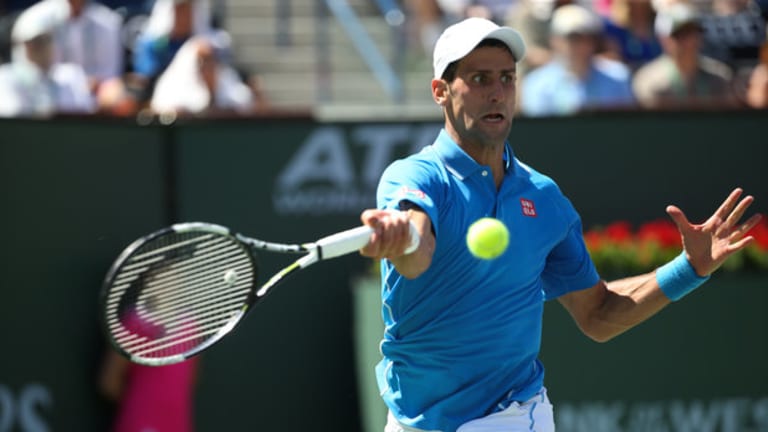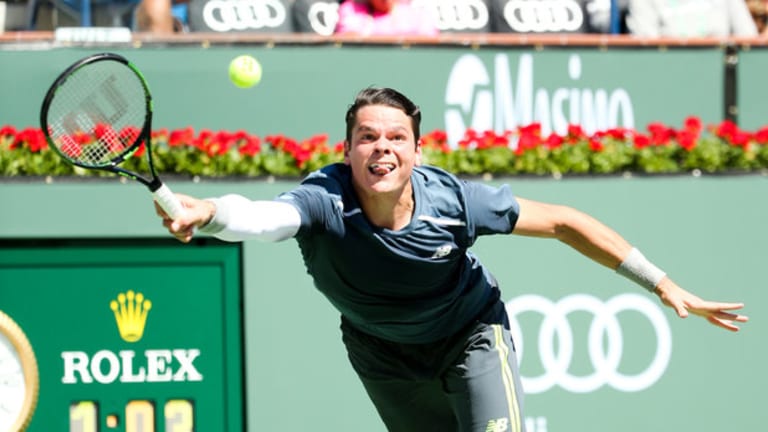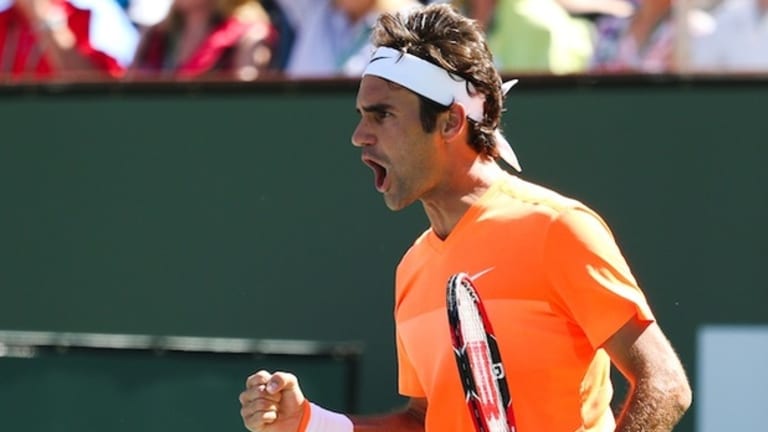INDIAN WELLS, CA — The last time we saw Andy Murray across the net from Novak Djokovic, he was suffering, angrily, through an embarrassing 6-0 fourth-set defeat in the Australian Open final. That was nearly two months ago, but the bad vibes from Melbourne seemed to have followed Murray all the way to Southern California. He began his semifinal against Djokovic on Saturday looking like a man without a prayer or a plan.
In his opening service game, Murray double-faulted and sent a forehand well long to hand Djokovic a break. They were both bad omens. For much of the match’s 88 minutes—it felt much shorter—Murray served poorly and rallied without conviction. He finished with 29 unforced errors against seven winners, and he made just 47 percent of his first serves. Murray was broken four times and won less than half of his service points. None of those stats is a recipe for victory; put them together and you had the most one-sided result between Djokovic and Murray in seven years.
Murray pinned most of the blame on the lethargic way he opened each set—he was quickly down 0-3 both times. “I think, obviously I didn’t start either of the sets well,” he said. “That obviously makes things difficult against the best players. I mean, Novak didn’t give me any free points, and I made a few too many errors early on.”
If Murray was looking for freebies from his opponent, he was bound to be disappointed. Djokovic has been the world’s best player on slow hard courts for years; if anything, with his fifth Australian Open title, he’s put even more distance between himself and the pack recently. Watching the early rallies between the two, it was easy to see why Murray might feel as if he had few tactical options. Djokovic was connecting cleanly from both sides, to both corners of the court, and running everything down without much trouble—when he was pushed, his forehand got stronger. And anytime you can win more points on your opponent's serve than he does, you’ve gone above and beyond with your return game.
“Even though it was a straight-set victory, I still had to earn it,” said Djokovic, who didn’t hold back in his critique of Murray. “I thought that he hasn't played close to his highest level [today]. Made a lot of unforced errors, especially from the forehand side. Low percentage of first serves in... I thought I played solid, with the right intensity from the beginning. Good first-serve percentage. Got some free points there in the important moments. Just overall it was a good performance.”



